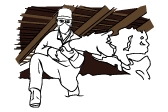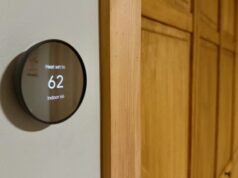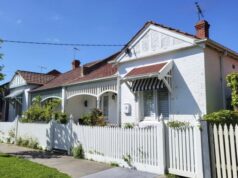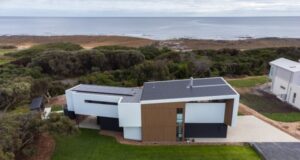
Cellulose insulation is made from plant fibres, and is used to insulate wall and roof cavities. Cellulose insulation does an excellent job of controlling heat at a good price, and is highly versatile.

What is cellulose insulation?
Cellulose insulation is mostly made from recycled paper, which means it’s one of the most environmentally friendly insulation options on the market. Paper that would otherwise end up as landfill is pulverised into smaller fibres and treated, typically with boric acid and borax as fire and pest retardants – both very common products with very low environmental impacts. Depending on the manufacturer, an adhesive may be added too, to help the insulation cling together and prevent settling.
How does cellulose insulation work?
Loose cellulose insulation is blown into roof cavities, creating a layer of insulated cover.
There are very few air pockets left when cellulose is installed correctly, and this type of insulation is one of the most highly regarded methods of insulating a house. Cellulose insulation is used as a blow-in insulation for walls in other countries, but isn’t approved for use in Australia because it’ll transfer moisture inside the wall cavity and create mould and dampness.
How effective is cellulose insulation for heat insulation?
Cellulose insulation is quite effective at preventing thermal transfer. Cellulose is very effective because it fills cavities more or less completely, preventing any gaps like the ones that are likely to be present with batts. It can also help to prevent thermal bridges, by surrounding joists and beams with insulation.
Overall R-value figures for cellulose insulation depend on the thickness of the layer of insulation used. The density of cellulose insulation is typically around 30kg/m³
How effective is cellulose insulation for soundproofing?
Cellulose is a very effective acoustic insulator, with an approximate Rw value of 50+, compared to 36-39 for glass wool (fibreglass) batts. It owes much of its noise blocking ability to its density and lack of air pockets for sound to travel in.
How is cellulose insulation supplied and installed?
Cellulose installation is blown as pellets into ceiling cavities. Once installed, cellulose insulation can settle over time by as much as 20%, but the stated R-values take this into consideration. To further improve on its efficiency cellulose installation can be densely packed, which further reduces the likelihood of air pockets and reduces the amount of settling that occurs.
What does cellulose insulation cost?
Cellulose insulation itself is not very expensive to produce given that it is made from recycled paper – usually a waste product – and it can usually be manufactured locally on demand. Installation is more costly in comparison to glass wool and rock wool batts, due to the specialised equipment and techniques involved.
Special considerations
The quality of cellulose insulation will largely depend on the quality of the installation. A good job here will last for a long time without the need for any maintenance or upkeep, while a poor one can create a lot of dust at best, and put your house at risk of fire at worst – so it’s very important to choose a very reputable installer. Dust particles caused by the insulation are not toxic, but can be a nuisance to allergy and asthma sufferers.





